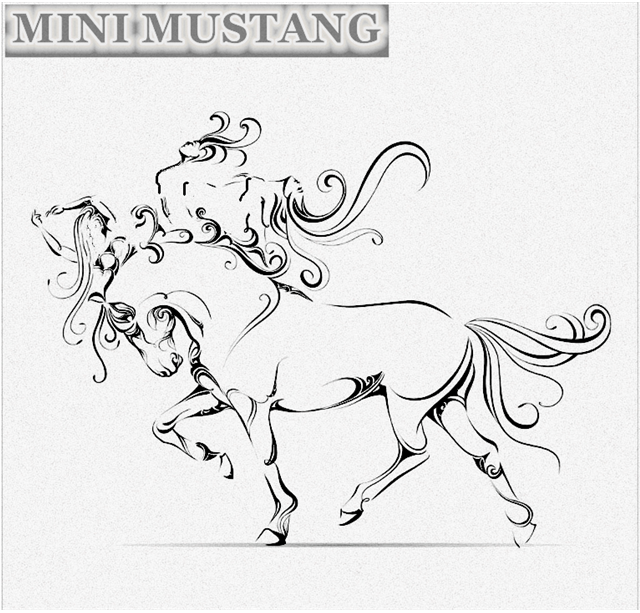Qingtuan: A Bite of Spring and Tradition in China
As the gentle spring breeze sweeps across the land and tender greenery sprouts everywhere, the Qingming Festival arrives, bringing with it the alluring aroma of qingtuan, a traditional Chinese delicacy.
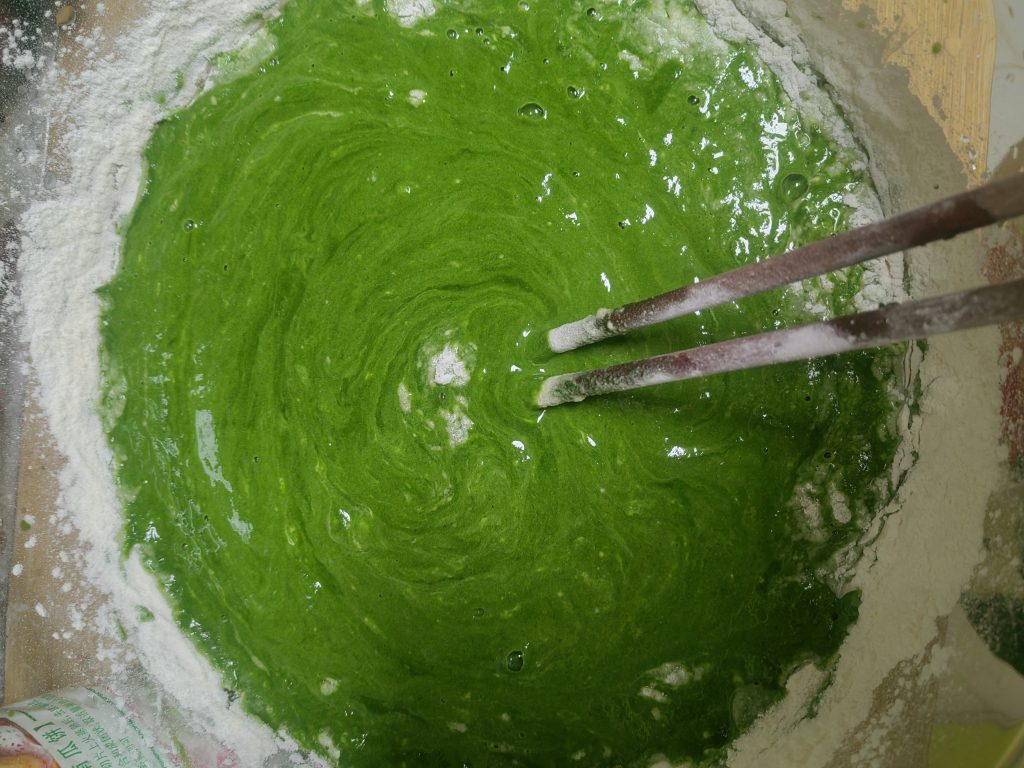
Dating back to ancient times, qingtuan has a long – standing history. It is said that its origin can be traced to the Cold Food Festival, which was initially to commemorate Jie Zitui. During this festival, people refrained from lighting fires and thus ate cold food like qingtuan. Over time, as the Cold Food Festival and the Qingming Festival customs gradually merged, qingtuan became an iconic food for the Qingming Festival. The detailed record in “Sui Yuan Shi Dan” (The Sui Garden Cookbook) reads, “Pound the green grass into juice, mix it with flour to make balls, and the color is like jasper”, vividly depicting the making process of qingtuan.
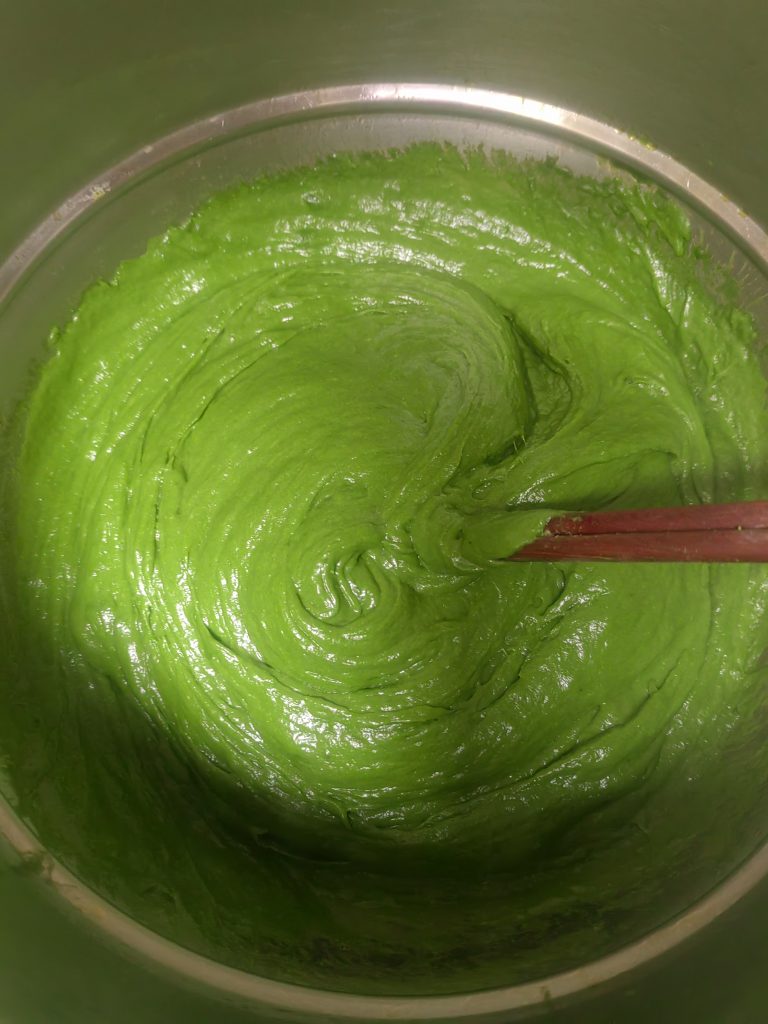
The making of qingtuan is a labor – of – love process. Fresh mugwort leaves are carefully picked, thoroughly washed, and then blanched and pounded into a fine juice. This natural green juice is then blended with glutinous rice flour, resulting in a dough that is both soft and fragrant. The dough is then skillfully wrapped around various fillings. The classic sweet filling is the smooth and sweet red bean paste, which melts in the mouth, creating a harmonious blend of sweetness and the natural fragrance of mugwort. In modern times, innovative fillings such as salted egg yolk with pork floss have also emerged, satisfying different taste preferences. After being shaped, the qingtuan is steamed to perfection. When it comes out of the steamer, the qingtuan presents a beautiful jade – green color, exuding a rich, fresh aroma that is both earthy and herbaceous.
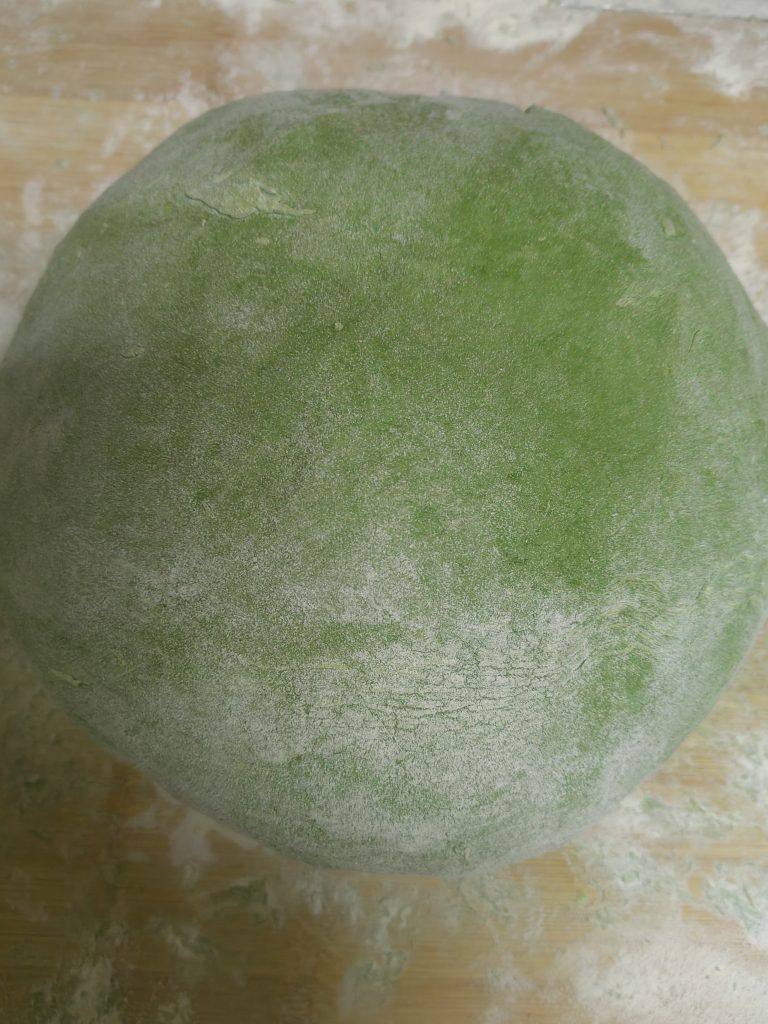
In the Jiangnan region of China, south of the Yangtze River, making and eating qingtuan during the Qingming Festival is a deeply – rooted tradition. Every family gets involved in the process, from the elderly to the young. It is not only a way to enjoy delicious food but also a time for family reunion and cultural inheritance. In Shanghai, time – honored pastry shops like Wangjiasha and Shen Dacheng attract long queues of people eager to taste their authentic qingtuan. In Suzhou, the traditional qingtuan made with wheatgrass juice has a unique flavor, free from the bitterness of mugwort, and the red bean paste filling with added red beans and lard is especially rich and sweet. In Zhejiang Ningbo, the qingtuan – like green mochi is the main offering during Qingming sacrifices, with the homophonic meaning of “peace and no troubles”.
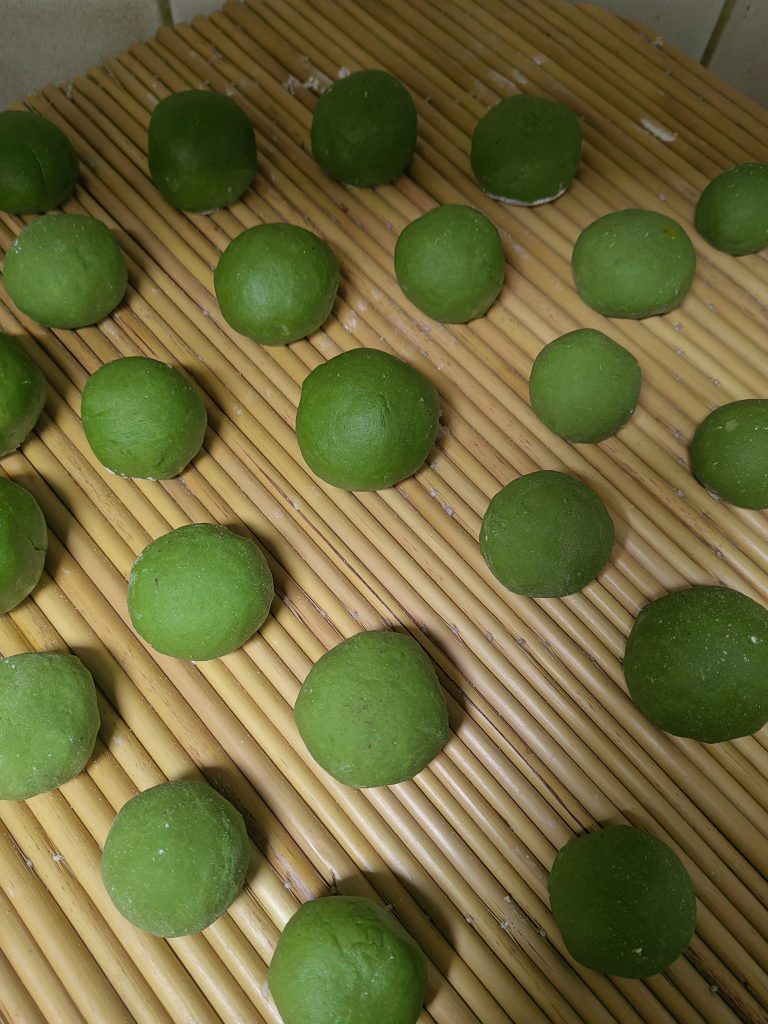
In recent years, with the development of society, qingtuan has also undergone innovation. Besides traditional flavors, new flavors such as matcha, durian, and chocolate have emerged, making this traditional snack more popular among the younger generation. However, no matter how the flavors change, qingtuan always remains a symbol of the Qingming Festival, carrying the rich cultural heritage and the deep – seated emotions of the Chinese people. It is a delicious link to the past, connecting generations and reminding us of the beauty of traditional Chinese food culture.
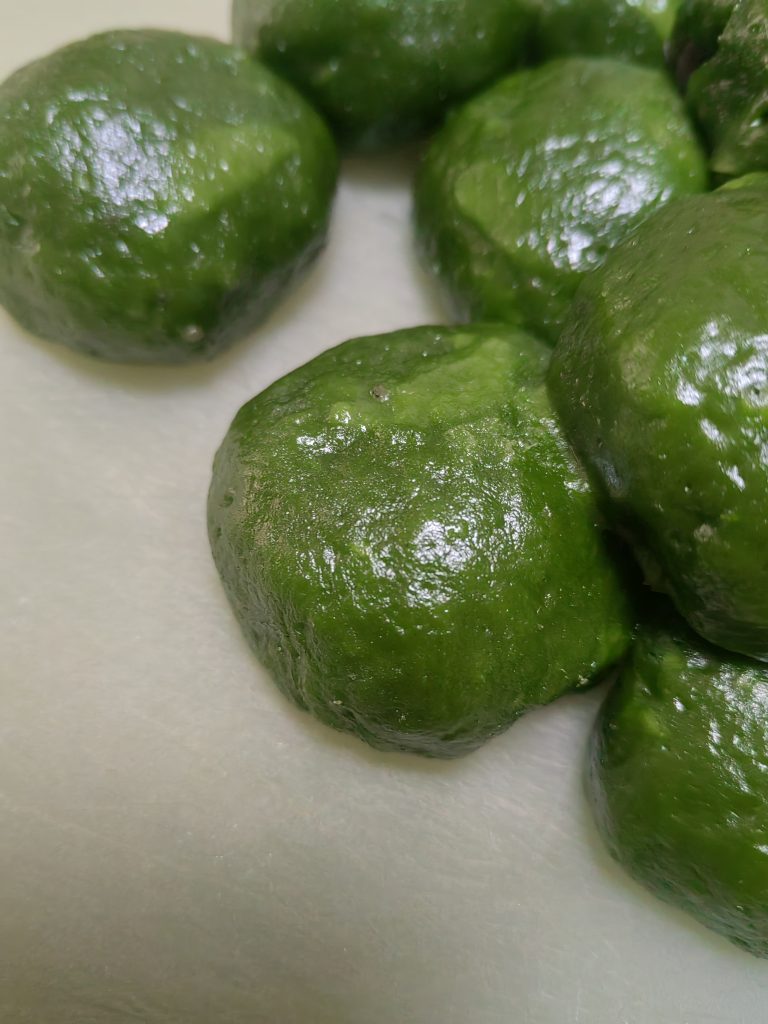
The Customers who travel to China in April have a chance to taste the most Fresh seasonal desserts in China–QINGTUAN Rice ball. The customers who visit our factory in April .it’s a treat.
